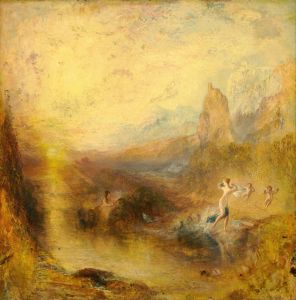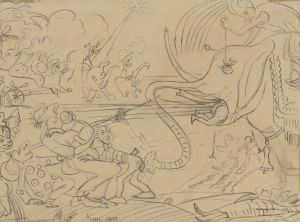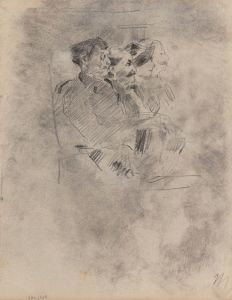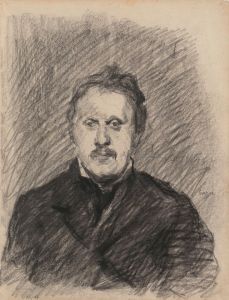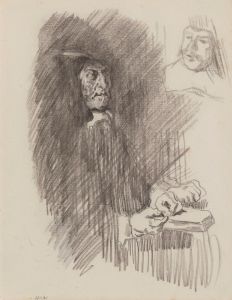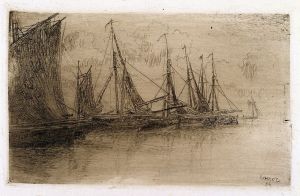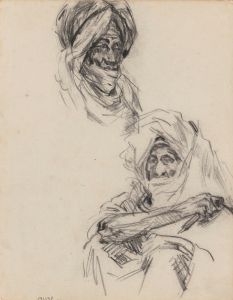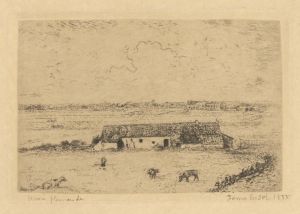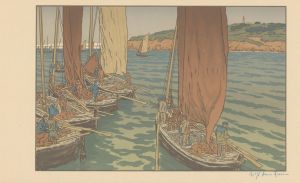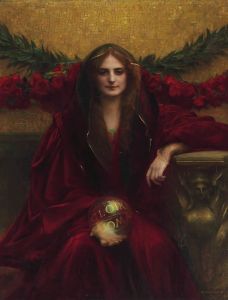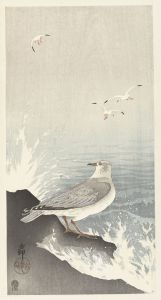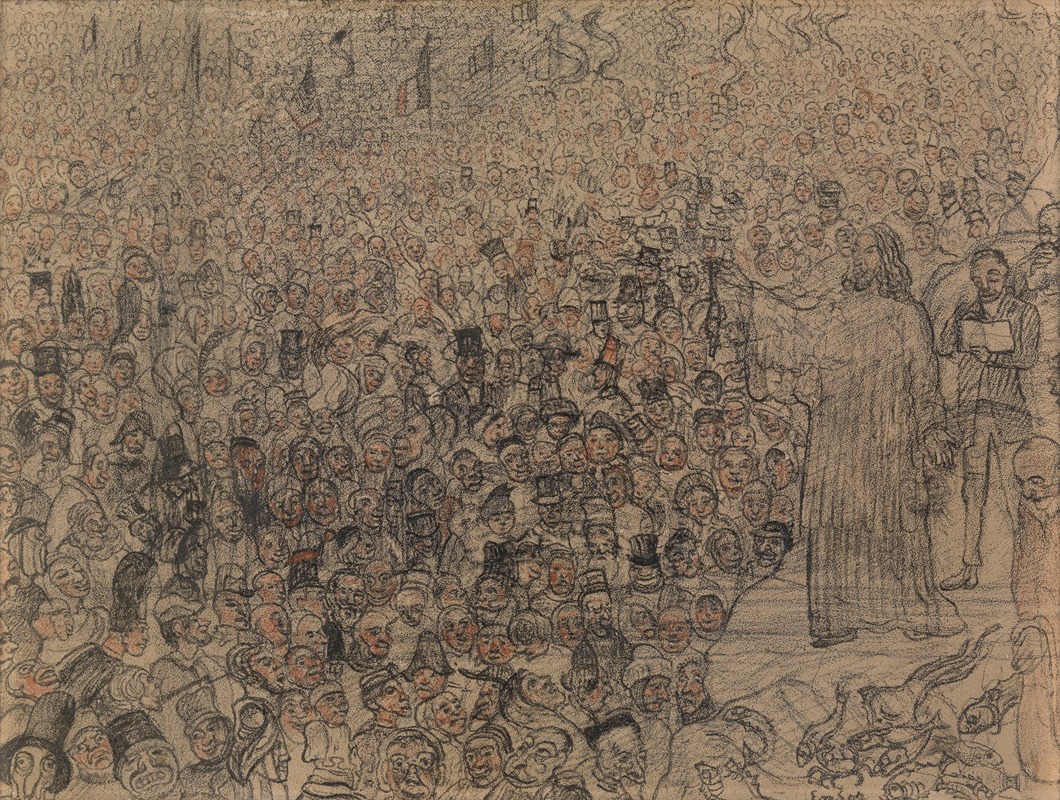
The Multiplication of the Fishes
A hand-painted replica of James Ensor’s masterpiece The Multiplication of the Fishes, meticulously crafted by professional artists to capture the true essence of the original. Each piece is created with museum-quality canvas and rare mineral pigments, carefully painted by experienced artists with delicate brushstrokes and rich, layered colors to perfectly recreate the texture of the original artwork. Unlike machine-printed reproductions, this hand-painted version brings the painting to life, infused with the artist’s emotions and skill in every stroke. Whether for personal collection or home decoration, it instantly elevates the artistic atmosphere of any space.
James Ensor, a prominent Belgian painter known for his unique and often avant-garde style, created "The Multiplication of the Fishes" in 1891. Ensor was a key figure in the development of Expressionism and Surrealism, and his works often reflect a fascination with religious themes, social satire, and the grotesque. "The Multiplication of the Fishes" is one of his notable works that exemplifies his distinctive approach to painting.
Ensor was born in 1860 in Ostend, Belgium, and spent most of his life there. His family owned a curiosity shop, which exposed him to a variety of unusual objects and artifacts that would later influence his artistic style. Ensor's work is characterized by vibrant colors, bold brushwork, and a penchant for the bizarre and fantastical. He often incorporated elements of carnival masks, skeletons, and religious iconography into his paintings.
"The Multiplication of the Fishes" draws inspiration from the biblical story of the miracle of the loaves and fishes, where Jesus feeds a multitude with a small amount of food. This theme of miraculous abundance is a recurring motif in Ensor's work, reflecting his interest in religious narratives and their symbolic meanings. In this painting, Ensor uses his characteristic vibrant palette and dynamic composition to bring the scene to life.
The painting is notable for its crowded composition, filled with a multitude of figures and fish, creating a sense of chaos and movement. Ensor's use of color is particularly striking, with bold contrasts and a wide range of hues that add to the painting's lively and energetic atmosphere. The figures in the painting are depicted with exaggerated expressions and gestures, a hallmark of Ensor's style that adds a layer of drama and intensity to the scene.
Ensor's work was not always well-received during his lifetime, as his unconventional style and subject matter often challenged the artistic norms of the time. However, he gained recognition later in his career and is now considered a pioneering figure in modern art. "The Multiplication of the Fishes" is an example of his innovative approach to painting, blending traditional religious themes with a modern, expressive style.
Today, James Ensor's works are celebrated for their originality and influence on subsequent generations of artists. "The Multiplication of the Fishes" remains an important piece within his oeuvre, showcasing his ability to transform familiar narratives into vivid, imaginative compositions. Ensor's legacy continues to be appreciated in the art world, and his paintings are held in major collections and museums worldwide.






